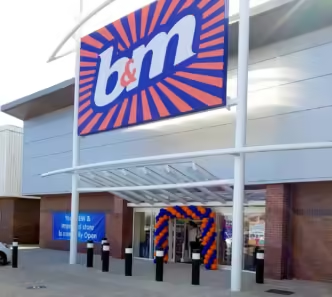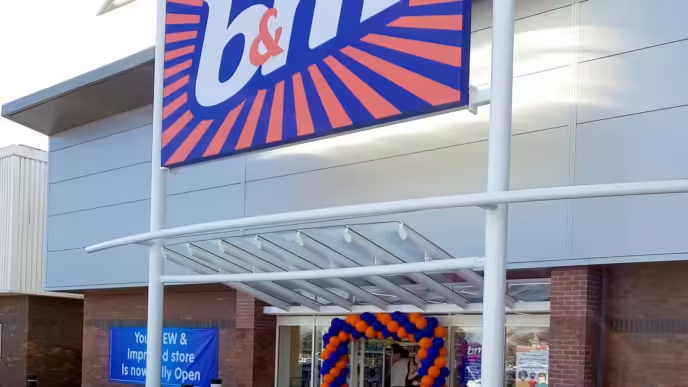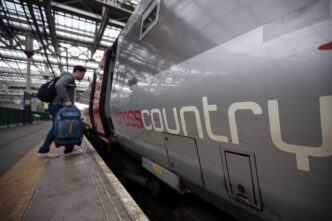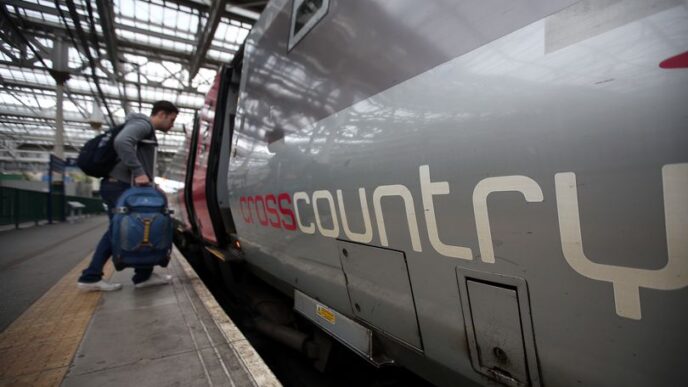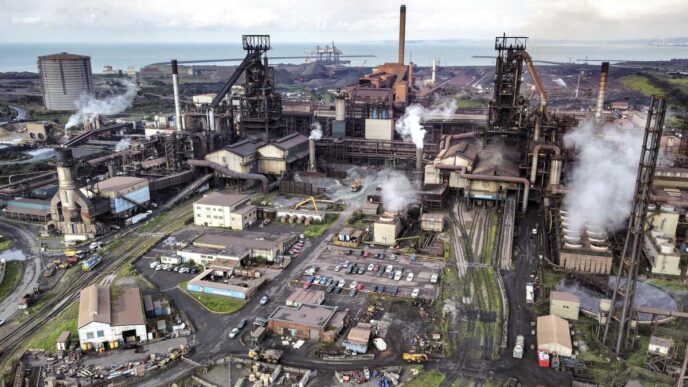Professor Mark Barry says just two trains an hour on the City and Coryton lines is not a turn-up-and-go Metro in Cardiff.
New tram-trains will enter service on the South Wales Metro later this year on an electrified network which its architect says while delivering a significant improvement in rail services represents a “raw deal” for Cardiff.
With the impact of inflation and Covid on the supply chain, the cost of electrifying the Valley Lines will now come in just north of a £1bn, compared to an initial estimate of £734m. The original budget, set back in 2016, consisted of £164m from the European Union, £445m from the Welsh Government and the £1.3bn City Deal for the Cardiff Capital Region and £125m from the UK Government.
The flagship transport project of the Welsh Government has seen the Rhymney, Aberdare, Merthyr and Treherbert lines into Cardiff electrified for a new turn-up-and-go network – with the Coryton and City lines in Cardiff also being upgraded.
However, as it stands the current configuration of improved services on the Metro has a glaring oversight in that the Coryton Line and the City Line – the latter which is only partially devolved – will have no improvement on the current offer of just two services an hour.
The two lines serving the capital run through the most densely populated parts of the entire Metro network and indeed the whole of Wales.
The architect of the Metro, Professor Mark Barry of Cardiff University, in his latest blog, said: “Cardiff gets a raw deal given Metro services at over half of the city’s station will still be stuck at two trains per hour, which is a woeful under-provision in places where nobody will ‘wait 30 mins for a 15-minute trip.’ Cardiff is not really getting a Metro.
“In fact, only three stations get any material change in services – Radyr, Llandaff and Cathays This is a serious failing given the large latent demand for higher quality and frequent public transport in Cardiff and where the potential demand is higher than many other parts of the network.
“In contrast all the Metro stations in Caerphilly, Merthyr and Rhondda Cynon Taff will be getting a minimum of four trains per hour everywhere. This is a missed opportunity, especially in Cardiff, to secure more overall network demand and farebox (passenger income) – for potentially lower operating cost.”
Prof Barry said catchment population data further underpins the requirement for investment in the capital. He added: “The catchment population around Cardiff’s Coryton and City lines (serving 10 stations) is greater than the Cynon Valley to Aberdare, the Rhymney Line, north of Bargoed, and the Taff Vale line north of Abercynon to Merthyr – all of which are getting four trains per hour.
“The current poor patronage on the City and Coryton lines is as a direct result of the poor service frequency. So, we ought to be focusing the capacity where the demand is. It is commercially and financially naïve to be operating four trains per hour all the way from Bargoed to Rhymney, whilst only operating two on the City and Coryton Lines in Cardiff.
“I would like to retain hour trains per hour to Rhymney, but not if we can’t do so on the City and Coryton lines. These poorly served lines in the capital, in addition to their larger catchment populations, are also much shorter than those northern Core Valley Line sections and so require less operational expenditure and vehicle kilometres to serve.
“Together they have the potential to be carrying two to three million passengers per year – which is materially more than current modelling anticipates. I suspect some officials are failing to see that current modelling elasticities applied are inappropriate for interventions that would address the service frequency omissions in Cardiff.
“By comparison, the Tyne and Wear Metro, which has a similar catchment population to the Core Valley Lines, is now back at 30 million passengers a year. In contrast, the Core Valley Lines is around 10 million and current thinking and modelling is I suspect, anticipating around 12 to 15 million post Core Valley Lines transformation.
“This for me is a woefully under cooked estimate. If we can fix a few things (especially the omissions in Cardiff) and adopt a more ‘retail like’ approach, then there’s no reason why the Core Valley Lines cannot be handling well over 20 million passengers within a few years of full operation.”
He said the Welsh Government’s procurement approach to the Metro has created inbuild constraints. Prof Barry added: “The Welsh Government have also made decisions that have added to the capital costs and certainly the operational system of the current system.
“Some of those earlier procurement-based decisions we can and ought to revisit. For example, whatever deal was done with the rail unions we will have the only light rail vehicles in the UK operating without pure drive only operation. We will have guards on every tram-train involved in “train” despatch operations. We don’t need to do this everywhere at all times; it adds to unit costs and impacts performance.
“This was inevitable given the choice (wrong in my view) not to go for a fully de-designated non-mainline status for the Core Valley Lines, like Manchester, and Newcastle. The network should and could be the most efficient rail operation in Wales.”
The City Line, while not devolved between Cardiff West junction, would require investment from the Department of Transport (DfT) for Network Rail to carry out the necessary investment for at least four tram-trains an hour.
The first test run of a Stadler 756 tram-train was recently successfully overseen from the Canton depot via the City Line and then via the Radyr to Pontypridd.
Following the test run, further routes on the Core Valleys network will see testing take place in the coming weeks before the start of an intensive train crew training programme.
Running three to four carriages, the Stadler 756 fleet are almost identical to the brand new trains we introduced on the Rhymney line last year, but with the ability to run on overhead or battery power, or as a diesel/battery hybrid.
They can travel up to 75mph and are also able to switch to run on battery or diesel hybrid power for sections of the network that are difficult or costly to electrify.
Project manager for Transport for Wales (TfW), Alex Cochrane, said: “It was a fantastic moment to see a train run on the Valleys under electric power for the very first time and today was really special.
“It is a testimony to the hard work that has gone into the project from so many teams across TfW and our infrastructure and supplier partners.
“There is still plenty of work to do before they can enter passenger service but we know customers will really appreciate the huge benefits they will bring.”







